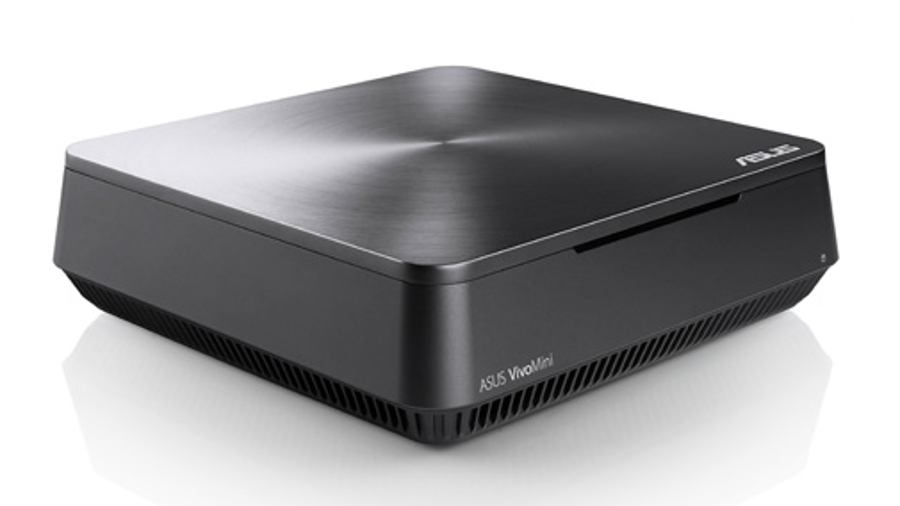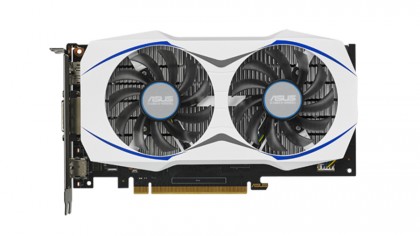Asus VivoMini PCs flaunt Skylake CPUs, Nvidia graphics and twin SSDs
New Vivo DualBay system allows you to have two drives

Asus has announced a pair of new VivoMini PCs, compact desktop computers driven by Intel's sixth-generation Skylake processors.
The two new sub-2-litre computers are the VM65 and VM65N, with the latter being the higher-end model.
With both PCs, you get a Skylake CPU and up to 16GB of DDR4 RAM, and some models will offer Vivo DualBay, a storage system which can cope with two 2.5-inch SSDs or HDDs (or you can have one of each). Machines without DualBay will come with a single 3.5-inch hard disk.
These VivoMini offerings also boast SonicMaster speakers built-in, so you don't need external speakers. Asus promises deep and rich bass, but we'd take that with a deep pile of salt given the size of these PCs.
Light gaming
If you plump for the top-end VM65N, you'll also get a discrete graphics solution, namely the Nvidia GeForce 930M, complete with DisplayPort++ and HDMI ports to allow the computer to drive up to three monitors (and support 4K displays).
You also get a pair of USB 3.1 ports with this more expensive PC (along with four USB 3.0 ports), plus an Intel Wi-Fi card.
Furthermore, both machines can be VESA mounted and tucked away on the back of your display. Pricing hasn't yet been confirmed.
Get daily insight, inspiration and deals in your inbox
Sign up for breaking news, reviews, opinion, top tech deals, and more.

Compact GTX 950
In other news, Asus has taken a new spin on Nvidia's GTX 950 graphics card, as spotted by Digital Trends.
The new board is much shorter than the normal GTX 950 at 6.8-inches long, to enable it to nestle in compact Mini-ITX PCs. It boasts 2GB of video RAM, 768 CUDA cores, and a base clock speed of 1,026MHz (with boost to 1,190MHz).
Asus is actually producing two different flavours of this smaller card, with the difference being that the 2GD5 model needs a six-pin PCIe power hook-up, whereas if you go for the 2G variant, you don't need any power connection at all (it sips 75W compared to the 150W required by the 2GD5).
That low power option could be pretty tempting for users who just want a card that they can plug in and go, even on a rig with a weedier PSU. And despite the low power usage, the 2G has an overclock mode which juices things up slightly to a clock speed of 1,051MHz (with boost to 1,228MHz).
The card should be nice and quiet, too, with a dual-fan design which drives a greater airflow while "maintaining three times quieter performance" according to Asus.
- Also check out: Asus teases a graphics supercharger for laptops
Darren is a freelancer writing news and features for TechRadar (and occasionally T3) across a broad range of computing topics including CPUs, GPUs, various other hardware, VPNs, antivirus and more. He has written about tech for the best part of three decades, and writes books in his spare time (his debut novel - 'I Know What You Did Last Supper' - was published by Hachette UK in 2013).